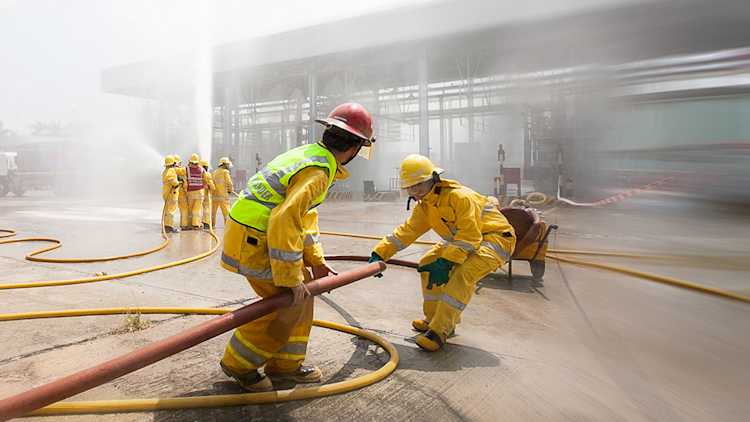Business emergencies happen: How to create a crisis management plan

Have you thought about the unthinkable for your business?
While it’s impossible to predict a crisis, having a plan to manage the emergency could help reduce downtime and save your food and beverage processing business’ reputation.
A crisis can attack in all sorts of ways but comes as a threat to business continuity or reputation.
While it’s impossible to predict a crisis, having an emergency plan can reduce downtime and save your reputation.
Stefanie Ruys, director and operational risk professional with Deloitte Risk Advisory, explains that business continuity involves people, processes, technology, infrastructure and everything else needed to operate. Business continuity planning means analyzing how operations can continue as usual considering disruptions – a critical workplace accident, a warehouse fire, an ice storm or other natural disaster, for example. It’s foundational to crisis management planning.
Anne Marie Quinn, Principal at AMQuinn Communications, helps Canadian food companies with emergency crisis situations and planning.
For example, accusations launched against a company with an unclear plan for who should respond to media, difficulty communicating with stakeholders in the event of a debilitating cyber attack, or a human resource crunch amidst unprecedented product demand require reputation crisis management, she says.
Distinguishing typical from crisis
“Everyone defines a crisis in different ways,” Quinn points out, noting that through the lens of reputation management, a crisis can be anything from an emerging or significant issue to a full-blown catastrophe.
“It’s important to distinguish between typical issues that arise in the course of business and can be readily addressed, from those that left untended or handled poorly could have a real impact on your reputation.”
Crisis response efforts should focus on unanticipated or poorly handled situations.
Ruys says something as simple as losing important contact information and employees not knowing where to find it, or as major as a production facility fire or cyberattack, can disrupt business continuity. Leaders should identify all processes, the products moving through the processes, and the associated risks and threats.
Making the plan
The biggest challenge for business continuity planning is defining the process and team players in a way that suits your business.
Experts recommend emergency planning begin with these four elements:
Prevention and mitigation: Identify the impacts and hazard and reduce risk before emergency or disaster occurs.
Preparedness: Ensure capability and capacity to increase emergency response time and recover quicker from the long-term effects.
Response: Manage the consequences during or immediately after an emergency or disaster.
Recovery: Re-establish or rebuild conditions and services.
For emergency crisis planning, Quinn says businesses should consider:
What are our biggest risks?
Who’s on the team and what’s their role?
How will decisions be made and communicated?
How will we determine the facts? Who will provide them?
“Organizations spend years building a brand and establishing their reputations, and then a crisis hits,” Quinn says. “Companies who manage a crisis effectively can emerge with stronger reputations and better relationships.”
More crisis planning resources
Business continuity planning guide (Canadian Association of Management Consultants)
Article by: Matt McIntosh

Learn how to use debt to benefit your business and reach your goals.

